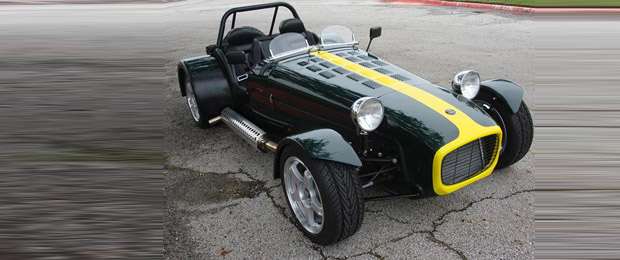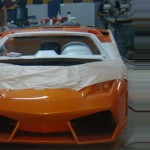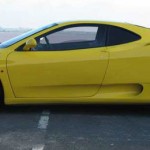 Mention the name Colin Chapman to anyone who has any history in the auto business and you are likely to receive a knowing smile and, if you are lucky, a small anecdote about Chapman and the cars he designed and the small company he created.
Mention the name Colin Chapman to anyone who has any history in the auto business and you are likely to receive a knowing smile and, if you are lucky, a small anecdote about Chapman and the cars he designed and the small company he created.
You may have heard of either of them, perhaps, the Lotus series and Lotus Cars, a natural follow-on to Chapman’s original work with the Riley-Lotus 11 design of the late 1940s and early 1950s that was to be entered in Group II racing.
The Lotus 11 was about as basic a car as one could hope to design. It features an enclosed body that was bolted to the frame. Everything from the tie-rod ends to the rear suspension could be accessed and reached by just reaching through the vehicle or by jacking it up to make the necessary change.
Interestingly, there was very little that wasn’t accessible through either the fenders or through the open upper and lower control arms. Indeed, if the driver felt the car was a touch high oh high side coming out of a turn or corner, the crew chief could throw a wrench on offending adjuster and instantly the adjustment was made. If it needed a touch more refinement on the next pitstop, the adjustments were made and the Lotus 11 was ready to compete.
Well, as ready as any vehicle using a 1.2-liter side valve four could compete. If you think about it, though, the Lotus 11, whose engine was in the rear, was competing against the long hooded sleek-bodied Offenhausers of the day. Indeed, the rear placement of the engine in the rear over the driving wheels gave the little Group 2 Lotus 11 an advantage over the long-bodied Offies and their complicated front end geometry and their six-cylinder engines. The Offenhauser crowd protested and the Lotus was pretty much banned from the circuits of the early 1950s.
That changed with the major FIA changes of the late 1950s when the international racing organization found that Offies weren’t competitive and other manufacturers were coming to the fore, most notably Ferrari, which relied on a mid-engined design, as did he Lotus and with that last barrier, the Offenhauser crowd lost its power base. Indeed, Offies were being beaten more and more regularly until they, at last, closed up their efforts.
The mid-engined crowd became the leaders of the Group I and Group II and Ferraris and Lotuses now regularly were the winners of road races. Indeed, this was a period when Ferrari rose to dominance in Group I and Lotus rose in Group II. It also saw Lotus Cars, under Colin Chapman, become a fixture on the Grand Prix and endurance race circuit.
That Lotuses were easy to work on goes without saying. As noted, the ill-fated Lotus II gave way to the Lotus 7 and Jackie Stewart became their pilot and chassis developer of note in this period. The years from 1957 to 1972 saw Lotus become a dominant force in racing circles as they became better and better. The interesting thing to note, though, was that the Lotus — there were actually four iterations of the mid-engine-rear-drive vehcle — actually becamed a kit car in itself. One could purchase a knocked down Lotus and put it together following the instructions for the equivalent of about $20,000. There was a good reason for this, especially if the customer was from the UK and that was a partially knocked down (PKD) vehicle wasn’t subject to the same tax as a fully assembled vehicle and the saving were substantial.
So, in a way, Lotus was a kit before it became a kit.
Lotus continued successfully for about 17 years when it sold out to Caterham whose Lotus kits and specialty cars have been for sale ever since.
Indeed, it was recently estimated that there were about 160 Lotus 7 kitcar makers around the world. Their names ranged from LoTus 7 to sevenses and more. It is one of the more successful kit car stories in the last half-century.
Image: blog-faves.com






Leave a Reply
You must be logged in to post a comment.